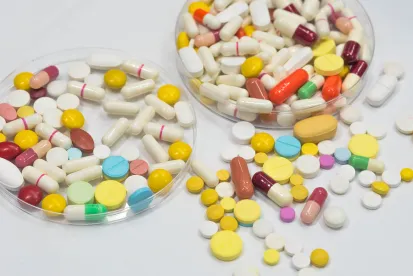March-in rights in the US were created in 1980, as part of the Bayh-Dole Act. Simply stated, when the US government funds research that results in patents, it obtains rights to those patents. These rights are retained even when the patents are licensed to a third party. While the government is granted a worldwide royalty free right in the patents under Bayh-Dole, the government’s only real vehicle to enforce its rights is through march-in rights in the patents.[i]
As a measure intended to protect against nonuse or unreasonable use of federally-funded inventions, 35 U.S.C. § 203 states that, “the Federal agency under whose funding agreement the subject invention was made shall have the right . . . to require the contractor, an assignee or exclusive licensee of a subject invention to grant a nonexclusive, partially exclusive, or exclusive license in any field of use to a responsible applicant or applicants, upon terms that are reasonable under the circumstances . . . if the Federal agency determines that such—
1) action is necessary because the contractor or assignee has not taken, or is not expected to take within a reasonable time, effective steps to achieve practical application of the subject invention in such field of use;
(2) action is necessary to alleviate health or safety needs which are not reasonably satisfied by the contractor, assignee, or their licensees;
(3) action is necessary to meet requirements for public use specified by Federal regulations and such requirements are not reasonably satisfied by the contractor, assignee, or licensees; or
(4) action is necessary because the agreement required by section 204 has not been obtained or waived or because a licensee of the exclusive right to use or sell any subject invention in the United States is in breach of its agreement obtained pursuant to section 204.”[ii]
As stated above, march-in rights were originally created to ensure that patent owners commercialized federally-funded inventions. Recently however, march-in rights have become a lightning rod for consumer groups to push for lower US drug prices.[iii] In the 37 years since their creation though, the US government has not exercised these rights although there have been several formal march-in petitions filed.
In the first such petition in 1997, the US government refused to exercise its rights to march in on a patent owned by Johns Hopkins University.[iv] In In re CellPro, Johns Hopkins sued CellPro for infringement of a patent related to a stem cell-specific antibody. In response, CellPro first asked the court for a compulsory license and then petitioned the National Institutes of Health (NIH) to march in on the theory that Johns Hopkins had failed to effectively commercialize the patented invention.[v] NIH declined to exercise its rights reasoning that although Johns Hopkins commercialization efforts were slower than those of CellPro, the University was taking reasonable efforts to gain market entry of their antibody. Since In re CellPro, there have been a number of additional denials of march-in rights, including: In re Norvir[vi], In re Xalatan[vii], In re Fabrazyme[viii], and most recently, In re Xtandi[ix].
While march-in rights generally appear to be US-specific, the US and most other nations have rights under compulsory licenses. Authorized under 28 U.S.C. § 1498(a), compulsory licenses are available in the US, but the government has never exercised this right. This is in contrast with several other nations that have used these rights with respect to HIV and cancer drugs. In this issue’s companion article, the use of compulsory licenses since enactment of the TRIPS agreement is discussed.
[i] David S. Bloch, Alternatives to March-in Rights, Vanderbilt J. Ent. & Tech. L. 18:2:247
[ii] 35 U.S.C. § 203
[iii] here.
[iv] In re Petition of CellPro, Inc. (Nat’l Inst. of Health, 1997) (determination), here.
[v] David S. Bloch, Alternatives to March-in Rights, Vanderbilt J. Ent. & Tech. L. 18:2:247
[vi] In the Case of Norvir® Manufactured by Abbott Laboratories, Inc. (Nat’l Inst. of Health, 2004) (determination), here
[vii] In the Case of Xalatan® Manufactured by Pfizer, Inc. (Nat’l Inst. of Health, 2004) (determination) here.
[viii] In the Case of Fabrazyme® Manufactured by Genzyme Corporation (Nat’l Inst. Of Health, 2010) (determination) here.
[ix] here.




 />i
/>i
